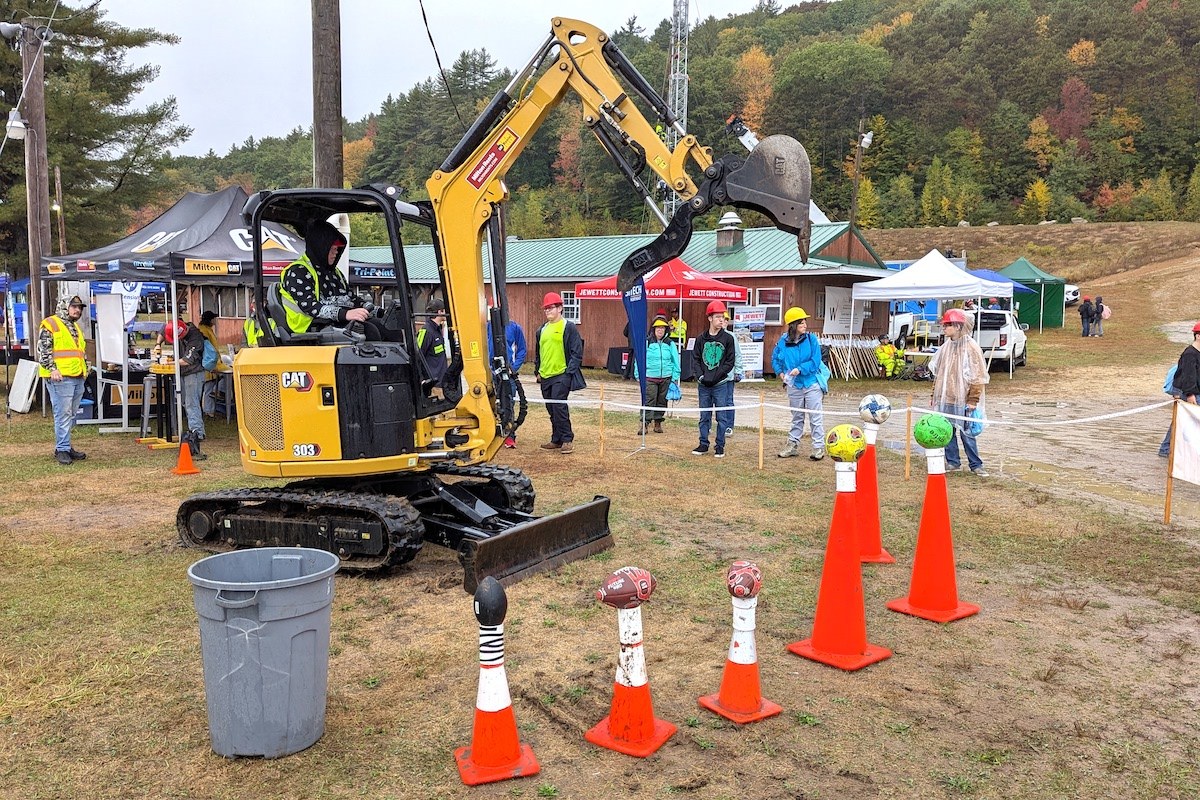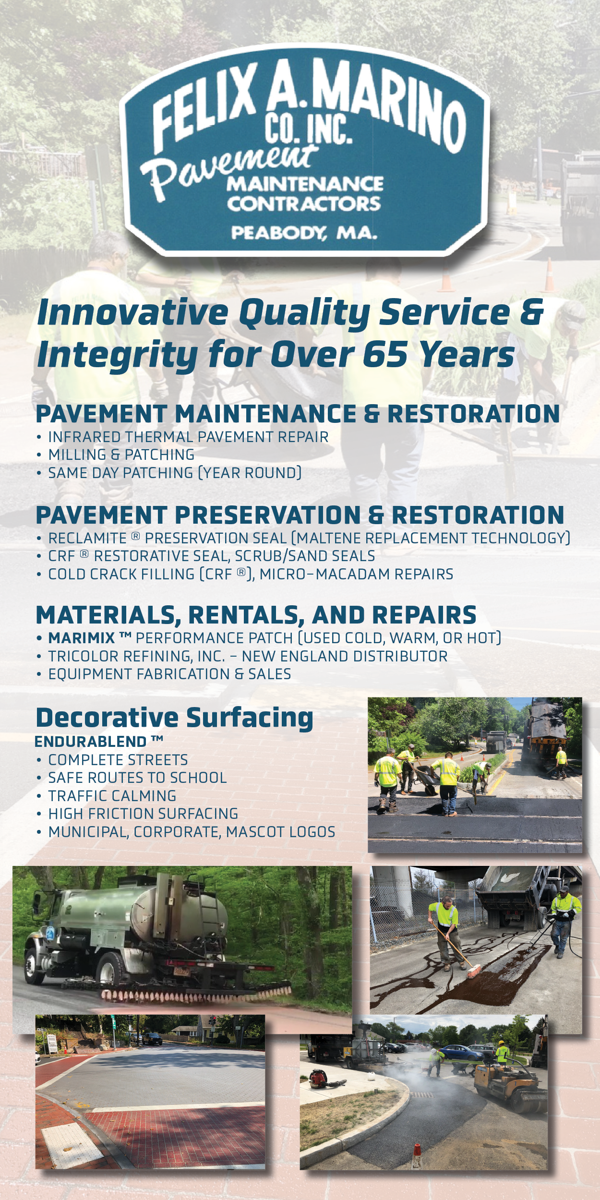The interchange has been one of the most congested and outdated highway corridors in Connecticut. The reconfiguration project, which is being overseen by the Connecticut Department of Transportation, is designed with the goal of reducing congestion and improving safety by eliminating dangerous weaving points, correcting roadway geometry, and adding multi-lane exits. Upon completion in 2030, the project will see the replacement and rehabilitation several bridges in the corridor and the addition of travel lanes to improve traffic flow.
“The I-91, I-691, Route 15 interchange is one of the most congested and painstaking areas for Connecticut travelers,” Eucalitto said. “We’re going to fix the interchange to reduce congestion and improve safety for generations. Thank you to Federal Highway Administrator Bhatt, Connecticut’s federal delegation, Governor Lamont, and the state legislature for the continued support.”
The ceremony was attended by Federal Highway Administrator Shailen Bhatt, as well as several state and local officials, including Lt. Governor Susan Bysiewicz, Senator Richard Blumenthal, Congresswoman Jahana Hayes, Mayor Kevin Scarpati, and others.
“I am pleased to be here today on behalf of the U.S. Department of Transportation’s Federal Highway Administration to celebrate the start of the second phase of construction of this critically important highway interchange for drivers in Connecticut who rely on this corridor to get to their destinations,” Bhatt said. “Thanks to President Biden’s Investing in America agenda and the Bipartisan Infrastructure Law, we are committed to getting things done for the American people, creating opportunities that improve safety and quality of life, and making sure federal dollars are helping to modernize our transportation infrastructure all over the country.”

| Your local Hyundai dealer |
|---|
| Equipment East |
The three-phase project is expected to be complete by 2030.
The first phase began in early 2023 and is aimed at repairing bridges, adding a lane of traffic to I-91, and making related road improvements. This includes:
- Realigning and widening the ramp from I-691 eastbound to I-91 northbound (Exit 1A, old Exit 11) to two lanes to meet traffic demand
- Bridge replacement due to the proposed ramp realignment and widening
- Adding an auxiliary lane on I-91 northbound to relieve congestion caused by a steep uphill grade
- Bridge widening due to the added lane
The second phase that is now underway includes:
- Adding a new two-lane exit ramp from Route 15 northbound to I-91 northbound to reduce traffic congestion on the Exit 68 N-E ramp
- Closing the existing Exit 17 ramp from I-91 northbound to Route 15 northbound and re-routing traffic to Exit 16 to provide a two-lane exit ramp with a right-side traffic merge onto Route 15 northbound
- Widening the existing Exit 68W ramp from Route 15 northbound to I-691 westbound to two lanes
- Reconfiguring the acceleration and deceleration lanes to provide adequate traffic weaving distances
Proposed improvements for a third phase include:
- A new two-lane exit ramp from Route 15 southbound to I-91 southbound to reduce traffic congestion on the existing Exit 67 ramp
- A new two-lane I-91 southbound ramp to Route 15 southbound to reduce traffic congestion on the existing Exit 17 ramp
- Widening the ramp from I-691 eastbound to Route 15 southbound (Exit 10) to two lanes
- Widening the ramp from I-91 southbound to I-691 westbound (Exit 18) to two lanes
The project is supported by a combination of funding from the federal Infrastructure Investment and Jobs Act (also known as the Bipartisan Infrastructure Law) and state funding authorized by the Lamont administration and the Connecticut General Assembly. This is one of the largest projects underway in Connecticut to receive support from President Joe Biden’s landmark law investing in the nation’s infrastructure.
The cost of the first phase is $80 million and is entirely funded by the state. The second phase is supported by $50 million in state funding and $200 million in federal funding from the Bipartisan Infrastructure Law. It is expected that a third phase will also be supported by a similar combination of state and federal funding. The expenditure for all three phases combined is anticipated to be more than $500 million.




































































